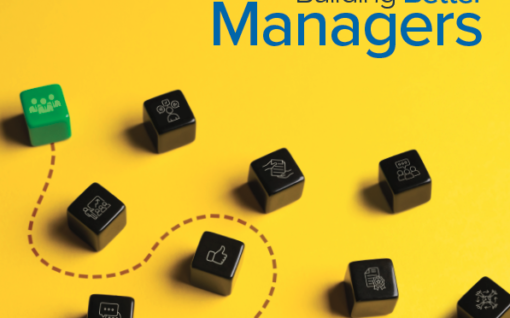Learning tech marketing: the curse of features

I spent a day at this week’s World of Learning conference in Birmingham. Wandering around the exhibition floor, I was struck, as I am at most learning conferences, by the different ways in which suppliers try to attract the attention of potential customers. Some focus on the benefits of their product – a hot one now for example is building a learning culture. Some make aspirational statements such as ‘We think differently about learning’. And some focus on features such as a Netflix-type experience.
There are different approaches at play and these will be governed to some extent by the context within which they operate – in this case an exhibition hall. That said, there seems to be an approach that permeates the marketing of many suppliers and that is a focus on features. Clearly there is a need to be able to share with customers and prospects what the product or service does but in a market in which many people are doing similar things this becomes a problem. It means that lots of people are shouting about the same things, or things that seem so similar it can be hard as a buyer to differentiate what’s different about what’s on offer.
The result is that buyers and suppliers find it hard to meet their right partner.
So, how can suppliers wean themselves off the features first approach to marketing? A good place to start would be to listen to what’s being said in the conference hall, where there are L&D practitioners (the customer) talking about the challenges they are trying to overcome. The customer wants solutions to specific business challenges. But in their marketing, suppliers have a tendency to push features. How about starting to convey the solutions that you can provide to business problems? This is where marketing starts to get interesting because a solutions focus requires suppliers to have marketing messages – and collateral – that have a laser focus on how they help customers. And that in turn requires suppliers to amplify the customer’s voice. People want to hear how other people in a similar position have benefitted from a product.
There’s nothing new here but it amazes me that as a sector, the marketing and brand messaging tends to lean towards features when the real gold is in the solutions and the value a supplier provides for the customer. And sifting these insights from customers can have a real impact on a supplier’s brand and tone of voice too.
This is why we created our Customer Credibility Index, to help customers understand how they can create more credible content using their customers’ voice.
It is also worth thinking about what makes a brand relevant, as there is so much change in the corporate learning sector. This is exactly what analysts Prophet set out to do. They surveyed 12,200 customers in the UK on 235 brands across 26 industries to develop a brand relevance ranking. You can see the results here.
What’s interesting for learning suppliers is that the researchers identified four factors that make a brand relevant. They are:
1 Customer obsessed
Designing products that meet peoples’ needs.
2 Ruthlessly pragmatic
Make customers’ lives easier, deliver great experiences and deliver on their promises.
3 Pervasively innovative
Engage with customers in new and creative ways
4 Distinctively inspired
Make emotional connections and earn trust. Sometime fulfill a bigger purpose.
In a features rich market it is worth reflecting on these four factors. All learning brands want to be relevant, but are all learning brands successfully delivering on these four factors? From a marketing perspective, consider point three. There is much scope for learning suppliers to engage with customers in new and creative ways, whether that’s in an exhibition hall, online or elsewhere.
If you are looking for help to stand out from the crowd, then please do get in touch at team@insightsmedia.co.uk

